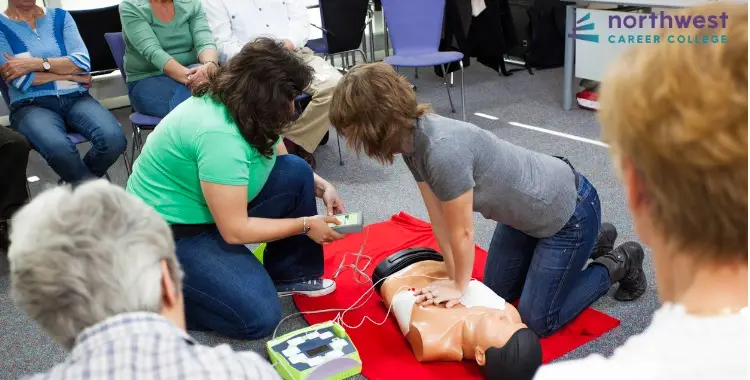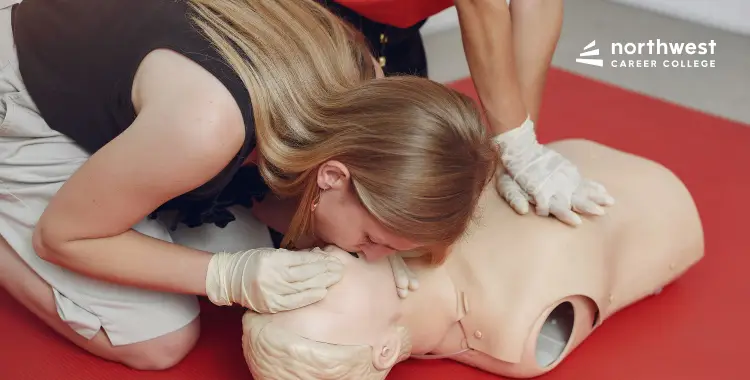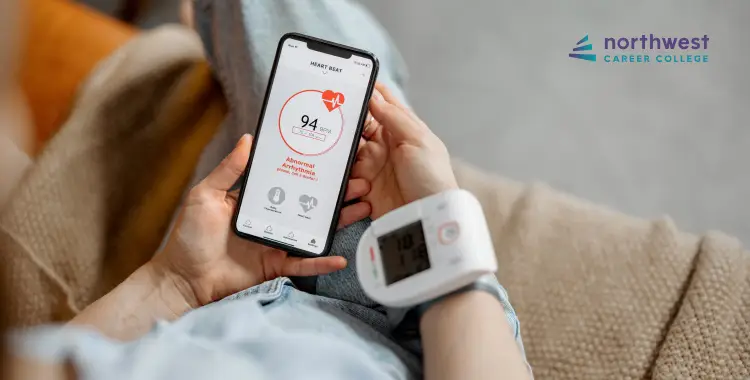Can Virtual Reality Technology Be Used to Enhanced CPR Training?
- June 4, 2024
- 3.8k views
- 3 min read
Cardiopulmonary resuscitation (CPR) is one of the most crucial lifesaving measures that can make the difference between life and death in an emergency. Traditionally, CPR training involved practicing on a manikin with detailed instructions from a certified trainer. However, recent technological advancements have led to new and improved ways of training. In particular, virtual reality (VR) technology holds great promise as it offers an interactive and immersive learning experience.

Table of Contents
Immersive Learning Environment
An immersive learning environment can be created using virtual reality technology to simulate realistic scenarios for preparing individuals to handle real-life emergencies. The scenarios can be set in various environments, such as a busy street or a quiet home, and may involve one or several individuals requiring CPR. This virtual experience enables learners to practice effective CPR under pressure, just like in real-life situations.
Interactive Feedback and Assessment
Virtual Reality (VR) has become increasingly popular in Cardiopulmonary Resuscitation (CPR) training due to its real-time interactive feedback. VR systems can detect and correct the depth and rate of the trainee’s chest compressions to ensure they achieve proper technique and develop muscle memory.
Repetition and Mastery
CPR is a skill that requires a lot of practice to master. Learners must repeatedly repeat the techniques and scenarios to become proficient and confident. With virtual reality (VR), learners can practice CPR as often as possible without restrictions. This is especially beneficial for those who don’t have access to regular face-to-face training sessions.
Stress Management and Realistic Practice
Performing CPR training effectively under stressful circumstances can pose a challenge for trainees. VR CPR training simulates high-pressure situations similar to actual emergencies. This allows trainees to practice responding to stress and remain calm while performing CPR. Although these simulations are artificial, practicing in such an environment can help trainees build confidence and stay focused in life-threatening situations.
Enhanced Engagement and Motivation
Virtual Reality (VR) is an interactive and highly engaging training method that can help motivate students undergoing CPR training. Traditional training processes can often be boring and repetitive, leading to disinterest in learning. In contrast, VR training is dynamic and stimulating, capturing the learner’s attention and making the training process more enjoyable. This engagement helps learners remember the skills and knowledge acquired during the training.
Scalability and Standardization
The training programs can be easily expanded to accommodate many trainees, ensuring standardized instruction for everyone. Consistency is crucial in maintaining high standards in training, and standardized VR programs can ensure that every trainee receives the same quality of education, regardless of location or instructor. With standardized VR programs, individuals can be well-prepared for CPR performance, increasing the chances of better outcomes during emergencies.
Conclusion
The use of virtual reality technology in CPR training shows great promise in providing immersive scenarios, real-time feedback, and repetitive practice, among other features. This technology is not only practical but also affordable and accessible for practitioners. As VR technology advances, it will likely play a crucial role in better preparing people to save lives confidently and skillfully. If you are interested in enrolling in a CPR program, Northwest Career College might be a great option for you. We offer comprehensive training programs that can equip you with the knowledge and skills to become a certified CPR practitioner. You can visit our website or contact us directly to learn more about the programs and enrollment process.



